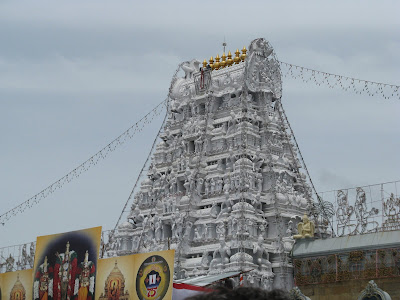





For Our Families
O God, in the beginning You brought together man and woman in holy marriage that they might share Your work of creation and bring enriching life to one another. We commend to Your constant care the homes where Your people dwell. Knit together in growing affection those who have been made one flesh so that their love may never fail. Turn the hearts of parents to their children and children to their parents. Take away the roots of bitterness, vanity, and self-seeking that bring dissension where family peace should reign. Inspire them, rather, with loyalty, faith, and sacrifice, that in all the changes and circumstances of life they may stand strongly together in mutual service and love.
We ask this through Jesus Christ, our Lord, Who grew within the family of Nazareth, Who loved the Church as His beloved spouse, and gave Himself up for her. Amen.
~~ Taken from "Prayers for Today," published by Leaflet Missal Co
For Strengthening the Family Unit
Father, it is apparent throughout Your Word that You instituted the family---father, mother, and children. I realize, however, that a family unit can also consist of many other combinations, such as a husband and wife, a father and children, or a mother and children or siblings. Bless all these families with Your boundless Love. Help all parents, whether single or sharing responsibilities with a spouse, to to use wisdom, understanding, and consideration for the entire family unit when making decisions that will affect all those in their households. Open their minds and hearts so that discipline is just, effective, and kind yet firm, teaching the children in their families that there are consequences to their actions. May all the members of each family love and respect the others, recognizing that we are all Your children; and that they extend this love and respect to people outside their own families as well.

I pray that the standard of a godly family would be restored to our nation, and there be a resurgence of its benefits in the public forum. May it become apparent to those who form public opinion that our family values as represented in Scripture are the path in which to lead our nation's families back to You. Amen.






Dhyanalinga was consecrated by Sadhguru Jaggi Vasudev, a realized master, mystic and yogi, after three years of intense process of prana prathista. Measuring 13' 9", Dhyanalinga is the largest mercury based live linga in the world. In the metaphysical sense, Dhyanalinga is a guru, an energy center of tremendous proportions. All the aspects of life are enshrined in the form of seven chakras energized to the very peak and locked. A doorway to enlightenment and spiritual liberation, Dhyanalinga offers a sadhaka ² the opportunity to perform sadhana ³ in utmost intimacy with a live guru, - an opportunity which is traditionally available to a select few.














